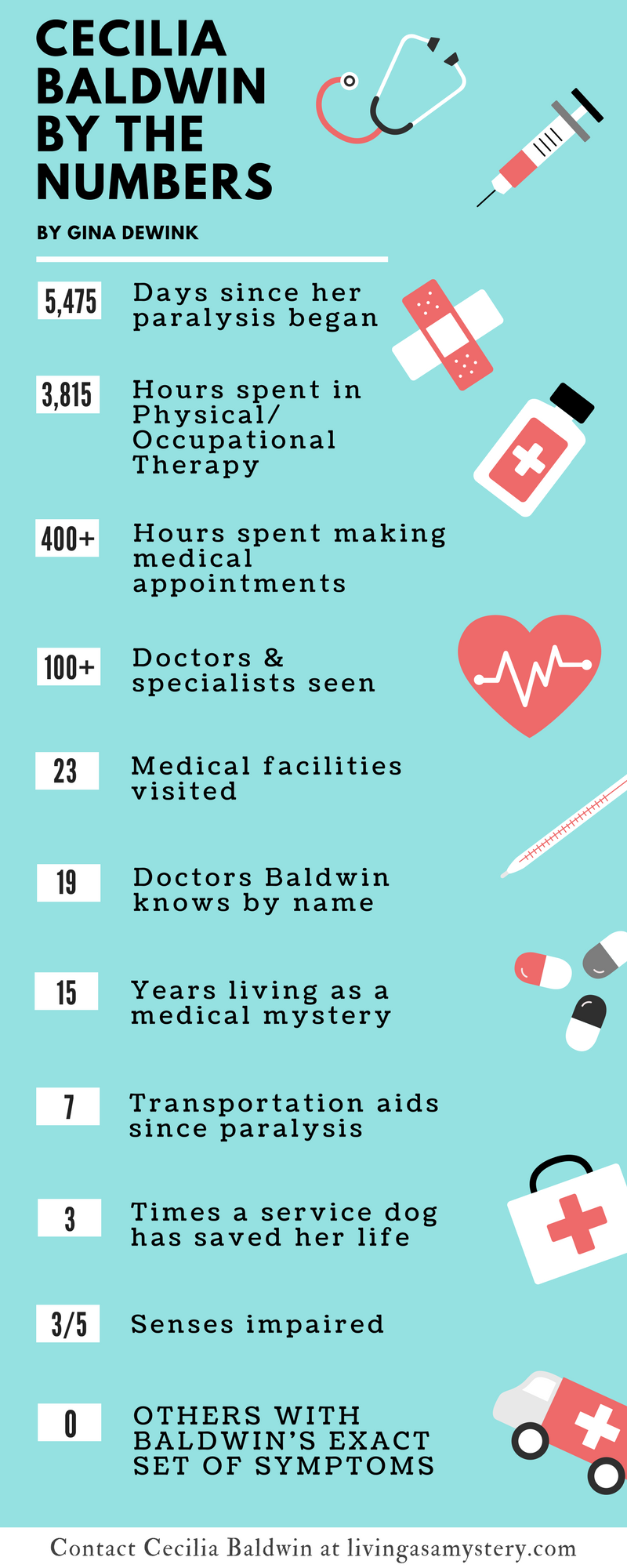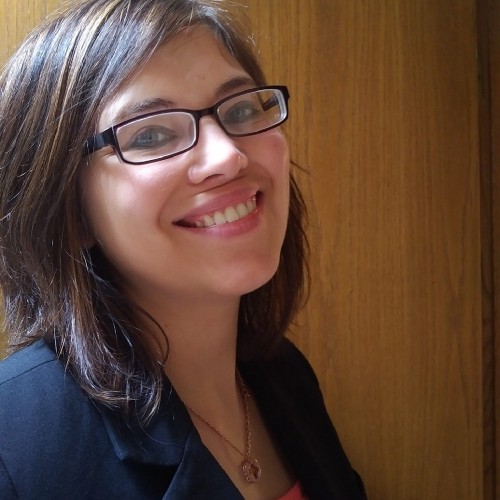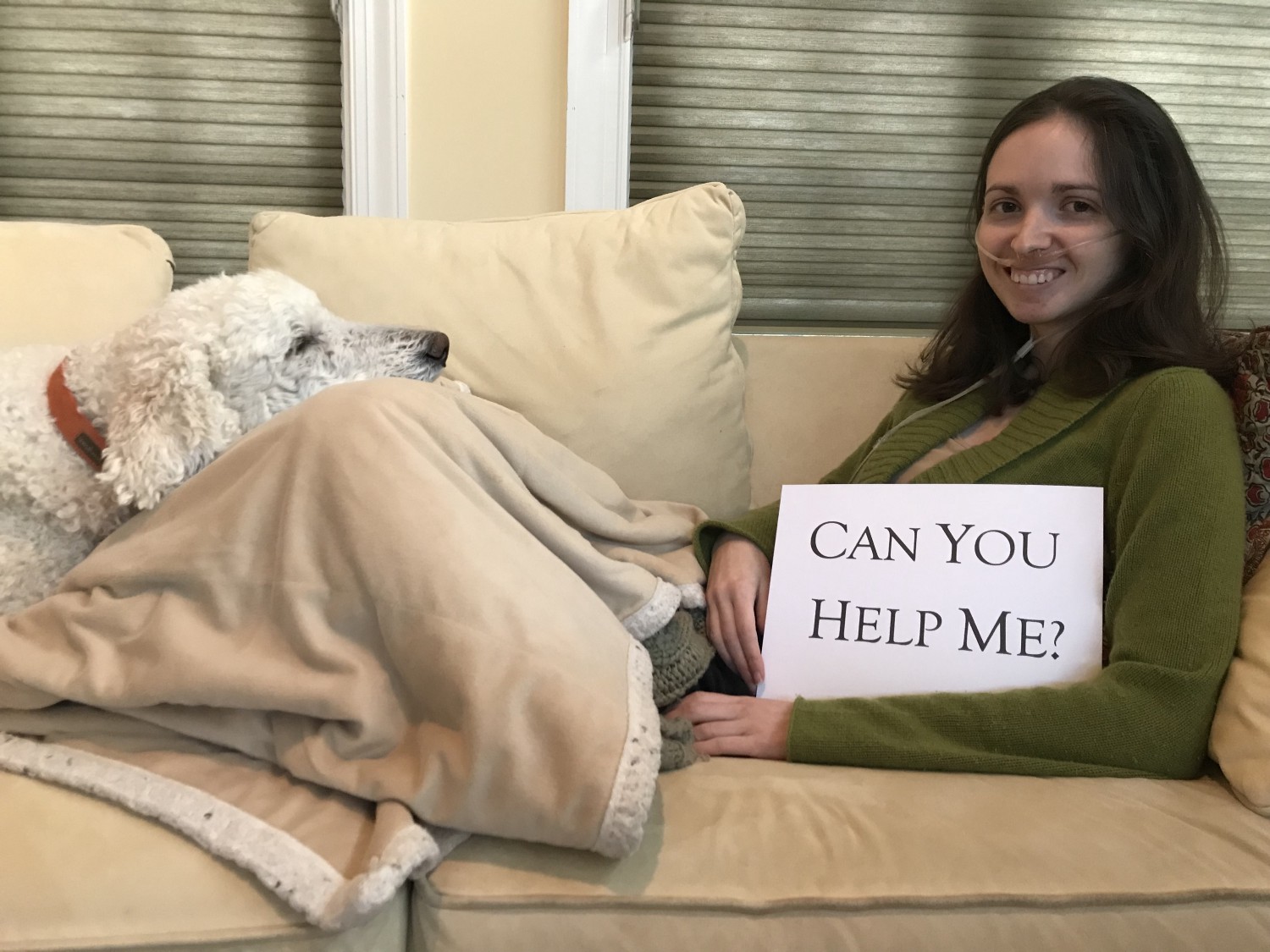Shortly after her fifteenth birthday, Cecelia Baldwin inexplicably became a quadriplegic. With muscles seized and lifeless, she was left only with the ability to blink her eyes, barely move her lips and mercifully wiggle one finger. With lungs reduced to 10% capacity, she was in kidney failure, severe liver distress and told to prepare for cardiac arrest. Who was this girl lying in front of a team of specialists? And what was attacking her small, teenage body?
Her body is a medical mystery. And for fifteen years, Baldwin has been battling an illness or illnesses that remains unseen and undiagnosed.
Her unnamed assailant has led her to be seen by doctors on two continents and countless specialists, often with the admission they are uncertain they have even identified all the elements impacted, let alone what caused many of her internal systems to suddenly stop working as a teen. And now she’s searching for someone out there who may be living with the same medical mystery — her symptom soul mate. And you can help! By sharing this article, it just might be land in the hands of someone who recognizes these symptoms. Please share this article now.
The Slow Descent into Paralysis
The original symptom was a severe muscular weakness and deconditioning. As a 14-year-old girl attending school and hanging out with friends, Baldwin was slow to talk about her initial symptoms, not wanting to “burden anyone,” and hoping the slowing muscle function was just imagined. Yet after six months of continual loss of coordination, muscle control and endurance, family and friends became concerned.
While Baldwin was being seen for strep throat, a common health ailment of hers, doctors were baffled when this time her throat did not improve with treatment, despite rounds of antibiotics and vitamin B booster shots given subcutaneously. An infectious disease specialist was brought in to treat the out-of-control infection.
Soon after, a neurologist had to be consulted. Baldwin’s muscle weakening had worsened to such an extreme she could no longer walk on her own.

Next came unexplained organ failure.
One week later, Baldwin — who had celebrated her 15th birthday — was in the Intensive Care Unit with just ten percent lung capacity, no peripheral nerve activity and multiple-organ failure. Thankfully, the doctors were able to save her life, even though no one consulted was able to diagnosis the cause.
Then Baldwin was classified as a quadriplegic.
During the next six months, Baldwin and her family were left reeling with her new physical limitations. Yet, even though she was learning to live as a quadriplegic and the diagnosis was unknown, doctors were predicting a full recovery. “When I couldn’t walk,” Baldwin recounts, “Then I knew it was real…but it never entered my mind that it would be long-term. One year later, at which point I still couldn’t hold my head up on my own, I finally realized it was going to be a very long road ahead.”
Yet, even though she was learning to live as a quadriplegic and the diagnosis was unknown, doctors were predicting a full recovery.
As Baldwin received countless referrals and recommendations, her medical history came into question. Doctors all wanted to know — was Baldwin a healthy child? And, with the exception of a few standout instances, she was. At 18-months-old, Baldwin had her adenoids removed. Then when she was five, her mother noticed a learning abnormality. Baldwin explained, “You could show me a picture of a horse and I could tell you everything about it — its color, how many legs it had, that it had a tail — except I couldn’t tell you what it was. Ten minutes later, if I was shown the same photo, I could tell her it was a horse, but then could not recall anything else about it.” Baldwin worked with a special education teacher, who taught her how to work with this learning issue, warning she would encounter this abnormality every time she learned something new (a new language, math types, musical instrument, computer code, etc.). As a child and young teen, Baldwin was treated for strep throat on several occasions before running up against her first medical oddity (though not uncommon) of needing surgery to remove water in her ovaries and a cyst from her fallopian tube when she was just 12.
When Baldwin was discharged from the hospital for the first time at fifteen, she was sent home with a hospital bed, a full nursing crew and a wheelchair. Due to her lack of back muscles, poor pulmonary function and autonomic issues, Baldwin has been primarily “couch bound” since that fateful day.
Baldwin’s mother and two sisters adjusted to their new normal. Daily life in the Baldwin home revolved around nurse’s shifts, physical therapy times, occupational therapy and appointments.
In the beginning, the family decided not to focus on the lack of diagnosis, instead rallying all of their collective energy on keeping Baldwin’s condition stable. Baldwin recalled, “At that time, we couldn’t handle fighting the doctors on top of fighting to get me to move my pinky, or get my eye muscles to coordinate so I could read again. It was simply one problem at a time.”

The Full Extent of Symptoms Appear
After a year full of medical tests and leaving school to be homeschooled, Baldwin was no longer a full quadriplegic. Her daily physical and occupational therapy helped her regain some of her functions. After walking into a doctor as a teen with strep throat, she was now a verified medical mystery as doctors watched her internal systems weaken and improve with no explanation.
Once the flux had ended, Baldwin was left with a muscular system functioning at around 50%. The most problematic issues arising from partial function include living with weak lungs, limbs, back muscles, eye muscles and intestinal muscles.
In addition to the weakened muscular system, her autonomic system is impaired, causing a strange host of symptoms. “When I change positions,” Baldwin explains, “My blood pressure doesn’t adjust, and my body temperature drops dangerously low. My low-functioning autonomic system also gives me random fevers, frequent cold sweats, and — my personal favorite — allowing one hand to turn blue while the other hand swells and turns red simultaneously, side by side.” In addition, because (inexplicably) her carbon dioxide has been found dangerously high at times, exertion from simply talking can turn her lips blue.
Determined to continue her life as much as she was able, Baldwin and her mother accepted the truth that homeschooling was not just going to be to complete her sophomore year. When Baldwin didn’t recover enough to return to school, they continued with studies at home. Baldwin recounts education being her top priority after her health. “When my eyes didn’t work, volunteers came in to read to me for my studies. Then they would write out my dictated essays,” Baldwin said. “I ended up finishing with a full diploma only one year late.”
Through it all, Baldwin was able to keep her cheerful attitude and her closest friends. “My best friends always kept in touch, and always kept me being me. I’ve made new friends along the way of all ages. I think the biggest gift I have — and I have no idea why — is that no one who knows me thinks of me as being sick,” Baldwin relayed. “It has been with great intention that I stay relevant and connected to the outside world, even though my physical health requires me to be housebound.”
Finally, five years after her original symptoms appeared, she received a harrowing diagnosis: Hodgkin lymphoma (Hodgkin disease). With a name on her faceless assailant, it was a bittersweet moment. Perhaps if the cancer was treated, Baldwin’s neuropathy and other secondary conditions would recover with it. If the cancer was the disease of origin, that’s what everyone believed would happen.
Unfortunately, it did not. Though they had named one portion of her medical mystery, it seemed it was another dead end. And, indeed, not the point of origin they had all hoped it would be.
Baldwin recounted, “It probably wasn’t until year eight or nine that I realized my life would never be the same again. There have been five different times I know I should have died. And yet, I am not only alive…I live.”
Can You Help Cecilia?
Fifteen years after her initial symptoms, Baldwin is a different person. A stronger person. A woman with a sense of humor who refers to herself jokingly as a “couch bum.” The couch where she can be reposed with pillows to create the preferred 40-degree angle of sitting up, where she lives. She gets around using one of her two wheelchairs, a tank mobile when she is playing outdoors, or by “really strong guys who are sweet and will carry me upstairs when there is no wheelchair access.”

After her mother was diagnosed with her own cancer and “got through her chemotherapy treatment like a bulldozer against a cornfield,” Baldwin’s fury with her own body renewed.
With doctor’s stumped, Baldwin is hoping that by sending out her story, someone out there may recognize the symptoms and lead her to answers. “My hope is to find at least one other person on this Earth who has these symptoms. Or someone who knows the name of my illness.” She paused before explaining, “It’s extremely hard to have an illness without an explanation. Your entire life revolves around the why and the acceptance process that something happened to you.”
Through everything, Baldwin believes challenges are always relatable — even as she lives as a medical anomaly. She stated, “By appreciating one another’s struggles, we can gain more appreciation for our own life. Because we’re all just hoping to find the inspiration to push forward, aren’t we?”
After all, tomorrow may bring the one other person in this world who has your answer.
Do you know someone dealing with the same symptoms as Cecilia?
Contact Cecilia now.
Learn even more about her mysterious symptoms in part 2.

Gina Dewink is the author of the mysterious thriller, Time in My Pocket — She woke up in 1947…in someone else’s body. Find it on Amazon.
Originally published at medium.com


